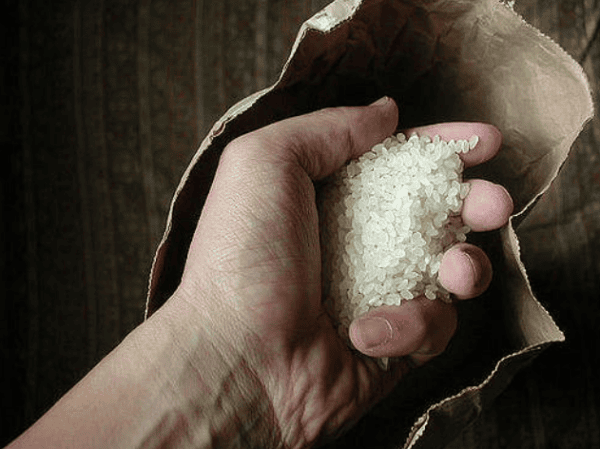
[Image above] Credit: Yamanaka Tamaki; Flickr CC BY-NC-ND 2.0
Silica is a hot commodity—hundreds of thousands of tons of silica are produced every year, and it’s used in everything from paint to electronics to toothpaste to tires.
But how silica is produced isn’t the most energy efficient or cost effective.
Earlier this year, ACerS member Richard Laine, a professor of materials science and engineering at the University of Michigan, published research that pioneers a new approach to silica mass production—one that uses much less energy and can be generated from otherwise wasted agricultural materials.
“I’ll be honest, the answer’s been staring us in the face for 15 years and we missed it. I’m really excited that it finally occurred to us and not somebody else,” Laine says in a recent video produced by University of Michigan’s engineering department.
The current method to mass produce silica is built on the process of silicon metal, Laine explains in the video, which is done by taking silica and carbon and treating them in an electric arc furnace at 3,000°F—a very expensive process that also produces a lot of CO2.
Not cost-efficient, not green.
The new technique developed by Laine and his team involves dissolving silica in antifreeze with a bit of recyclable base and then replacing the antifreeze with ethanol to distill the silica down to 99.99999% purity.
And with this method, silica can be purified from agricultural waste—like silica-rich rice ash—which would otherwise just be dumped in landfills, says Laine.
Laine and his team say the new process could eliminate millions of tons of CO2 emissions every year, and it’s 90% less expensive than the current method.
Check out the video for more of the interview with Laine and the clean, green, cost-effective road to silica production.

Credit: Michigan Engineering; YouTube
Author
Stephanie Liverani
CTT Categories
- Energy
- Environment
- Glass
- Manufacturing
- Material Innovations
Spotlight Categories
- Member Highlights


